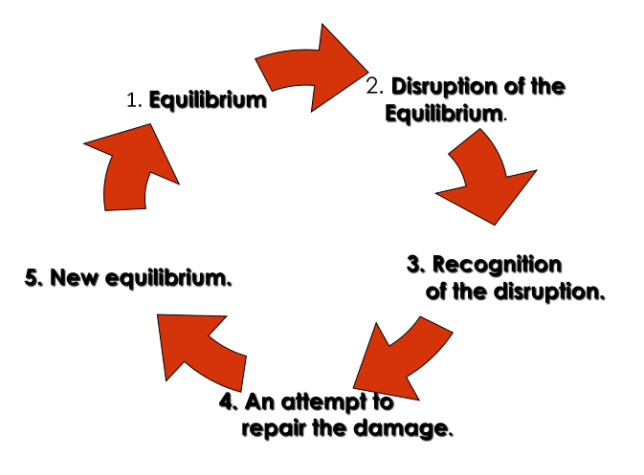Genre
Horror
Horror
Horror as a genre is a genre that is meant to make you
scared, anxious, fearful- Just to name a few. Horror in film has been around
since the late 1890’s in Georges
Méliès short film: Le Manoir du Diable which translates to ‘The devil’s
mansion’.

The main convention of Horror films is jump scares. Jump scares are described as "the most basic building blocks of horror” and wasn’t really introduced till the late 1970’s. Jump scares is a technique where an abrupt change in sound and image catches the audience by surprise and scares the audience. Typically, the soundtrack starts of iet and then the backing soundtrack stops to create silence. This is used to build tension as more suspense is growing. Then a music sting will happen abruptly followed by a change in image. This sudden change is used to scare the audience.
Narrative structure
Narrative structure is essential to horror films as they are
the building blocks that make the film. The narrative structure is what makes
films recognisable. Todorov’s theory is the general sequence we commonly expect
to happen in horror films. If the narrative structure does not follow the linear
narrative of horror films, it may run the risk of being confusing resulting in
people not having an interest in the film.

I should first start by explaining what the Todorov theory is. Todorov came up with a theory that suggested that films follow a traditional structure. The structure is: Equilibrium, Disruption, recognition of disruption, attempted fix of disruption and return to equilibrium. However, the horror genre doesn’t always follow this structure. The Saw franchise directed by James Wan and Se7en directed by David Fincher both have different narrative structures. Both endings do not return to ‘equilibrium’. Se7en for example ends with sadness as the ‘disruption of equilibrium’ is never resolved.
These two films are an example of non-linear films as they do
not conform to the traditional film narratives. This manipulation in
structure means that the films are less predictable as it makes the audience unsure as to what is going to happen.
If horror has been around since the 1890s and jump scares only arrived in the 1970s, can jump scares really be described as the building blocks of horror? The final stage of Todorov's theory doesn't necessarily have to be a return to the original equilibrium. Often a new equilibrium is established. At the end of Se7en, for example, john Doe has completed his work and is dead; Mills is in custody and Somerset hints that he will continue working. This is a new equilibrium!
ReplyDelete